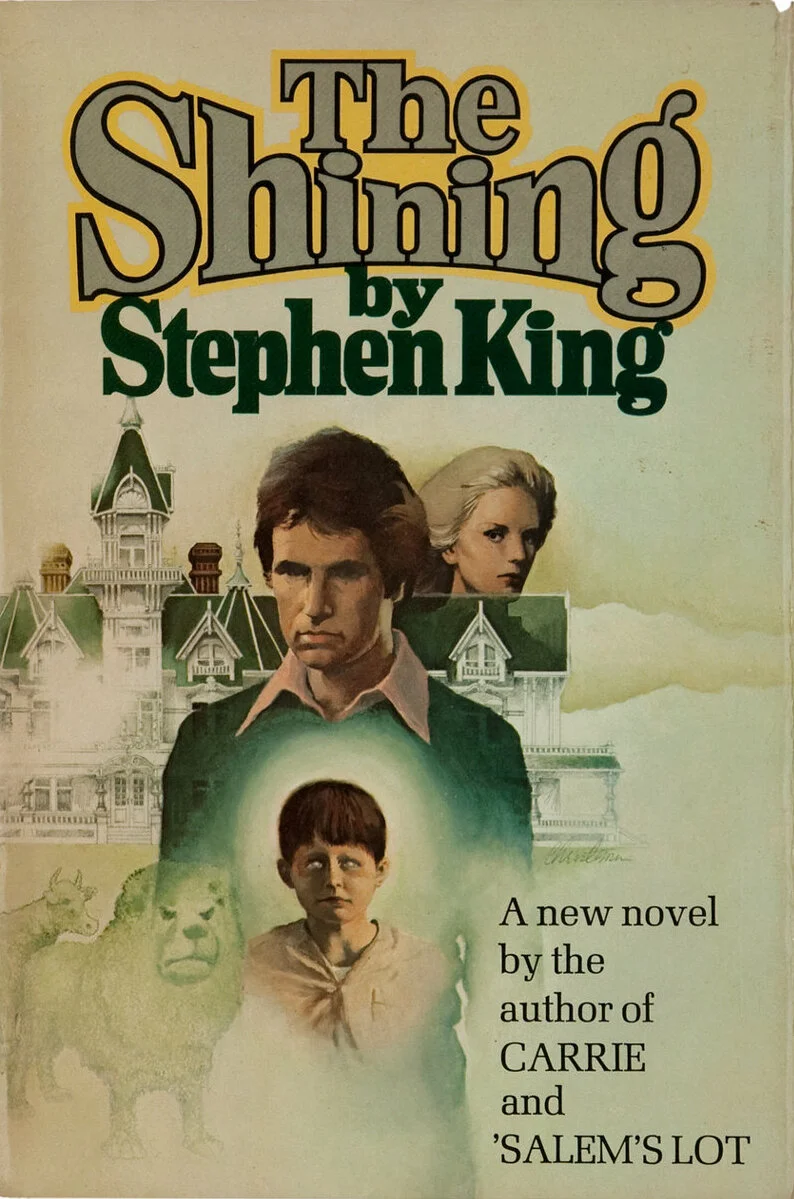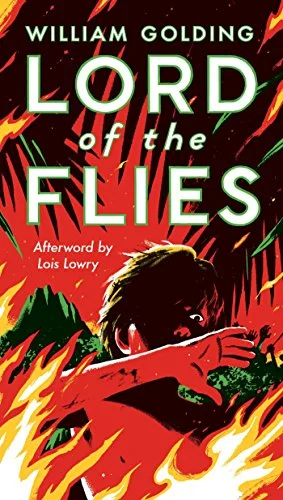Stephen King’s The Shining, brought to life on screen by Stanley Kubrick in his iconic 1980 adaptation, is often remembered for its unsettling atmosphere, chilling performances, and the iconic hedge maze that frames the climax.
More than just a backdrop, the maze functions as a powerful symbol—one that mirrors the psychological disintegration of Jack Torrance. As Jack’s grip on reality deteriorates, the Overlook Hotel’s physical and metaphorical structures, especially the maze, become extensions of his fractured mind.
Kubrick’s creative decisions reimagined several elements from King’s original novel, and the hedge maze was one of the most significant additions. Absent from the book, this eerie labyrinth became central in the film’s visual language, serving not just as a climactic setting but as a visual metaphor for Jack’s internal descent.
The Labyrinth as a Symbol of Mental Collapse
Mazes have long symbolized confusion, entrapment, and the complexity of the human mind. In mythology, the labyrinth housed the Minotaur—a monstrous being lost within the twisting walls of a prison it could never leave. Kubrick draws on this ancient symbolism to parallel Jack’s journey from a struggling writer to a man lost in madness.
Jack’s initial aspirations are noble: he takes the winter caretaker position at the Overlook Hotel in the hope of rebuilding his life, supporting his family, and finally finishing a novel. However, the hotel becomes a space of isolation and repression, pulling him away from rational thought and deeper into a psychological maze of resentment, violence, and delusion. Just as one can get physically lost in a labyrinth, Jack becomes mentally lost in the corridors of his own mind.
Spatial Isolation and Mental Deterioration
The hedge maze in the film is introduced early as a literal attraction—an intricate garden that Jack and his family explore. While it seems harmless at first, its presence foreshadows entrapment. The Overlook Hotel itself is maze-like, with long symmetrical hallways, repetitive carpet patterns, and a layout that seems to defy logical navigation.
These spatial cues reinforce Jack’s mental breakdown. As time progresses, his sense of orientation—both physical and psychological—disintegrates. He begins to see ghosts, hears voices, and has vivid hallucinations. The hotel becomes a mirror of his psyche: massive, empty, echoing with unresolved trauma and rage. The maze, in turn, encapsulates this final step into total disorientation and insanity.
The Maze vs. the Hotel: Two Levels of Entrapment
It’s important to distinguish the hedge maze from the Overlook Hotel itself, though both work in tandem. The hotel is the broader environment where Jack is subtly manipulated by supernatural forces. It contains the ghosts of the past, the temptations of alcohol, and the burden of failure. It reflects Jack’s history and the pressures he faces.
The maze, on the other hand, is more personal—it reflects Jack’s distorted mental state at a specific moment: the apex of his madness. Unlike the hotel, which entraps all three characters in different ways, the maze is unique to Jack’s demise. While Wendy and Danny move through the hotel in panic and fear, it is only Jack who is fully consumed by the maze. He loses himself in it, unable to track his own son who uses cleverness and memory to escape.
Jack vs. Danny: Navigating the Mind
The final scenes of The Shining pit Jack against his son Danny in the snowy hedge maze. Symbolically, this isn’t just a chase—it’s a battle between clarity and confusion, innocence and corruption. Danny, though young, is clever and alert. He retraces his steps in the snow to throw Jack off, demonstrating control over his environment and mind.
Jack, by contrast, is irrational, driven by rage rather than strategy. He howls like an animal, his face twisted with fury. This regression into primal behavior reflects his complete psychological breakdown. He can no longer distinguish between reality and hallucination. The maze closes in on him, not physically—since its paths remain the same—but mentally, as his inability to adapt or think logically seals his fate.
The Frozen Final Image
Jack’s death in the maze is chilling—literally and metaphorically. The film ends with his frozen body, face locked in a grimace, surrounded by towering hedges. It is a perfect metaphor for a mind that has turned inward and collapsed. Where once there was ambition and intellect, there is now only a frozen monument to loss and failure.
The fact that he cannot escape the maze despite it being navigable emphasizes the tragedy of his character. Jack’s undoing is not a matter of supernatural interference alone; it’s his own inability to adapt, to seek help, or to confront his personal demons that leads to his end.
The Shining of the Mind
Danny possesses “the shining”—a psychic ability that allows him to sense spirits, danger, and emotions. This gift provides him with a form of insight and awareness that ultimately saves his life. While Jack also seems to be sensitive to the Overlook’s presence, he lacks Danny’s clarity. Jack succumbs to the visions and whispers of the hotel, accepting them as truth rather than questioning their motives.
In this way, the maze represents the internal shining of both characters. Danny uses his to find a path out. Jack, however, walks deeper into delusion. His mind, already a web of insecurities and frustrations, is no match for the manipulations of the Overlook. The maze is the final terrain where this internal conflict plays out, with contrasting outcomes.
Control, Order, and Chaos
Throughout the film, Kubrick presents Jack as a man obsessed with control. He wants control over his writing, his family, and his environment. As he loses grip on each of these elements, he becomes erratic and paranoid. The maze, with its seemingly organized structure, offers the illusion of control. But inside, it is a place of chaos and confusion for Jack.
This dynamic reflects the broader theme of order vs. chaos in the film. Jack’s desire for dominance becomes the very thing that unravels him. He cannot accept unpredictability—be it in his career, his child’s abilities, or his wife’s resilience. The maze strips him of control, forcing him to face his own powerlessness.


